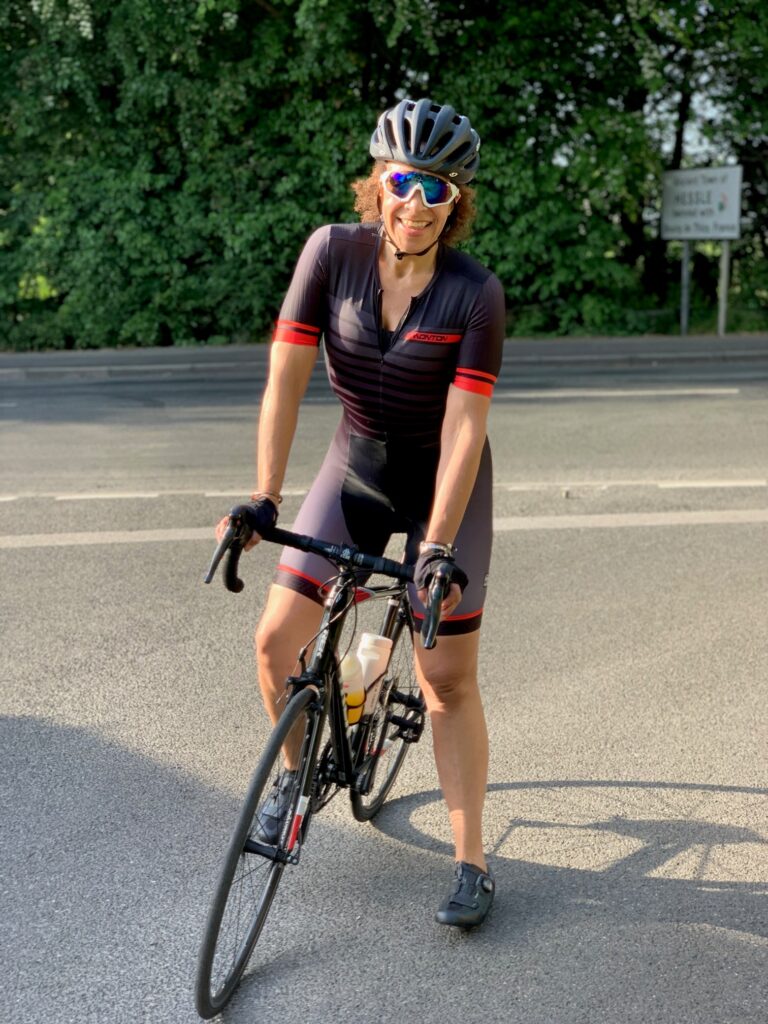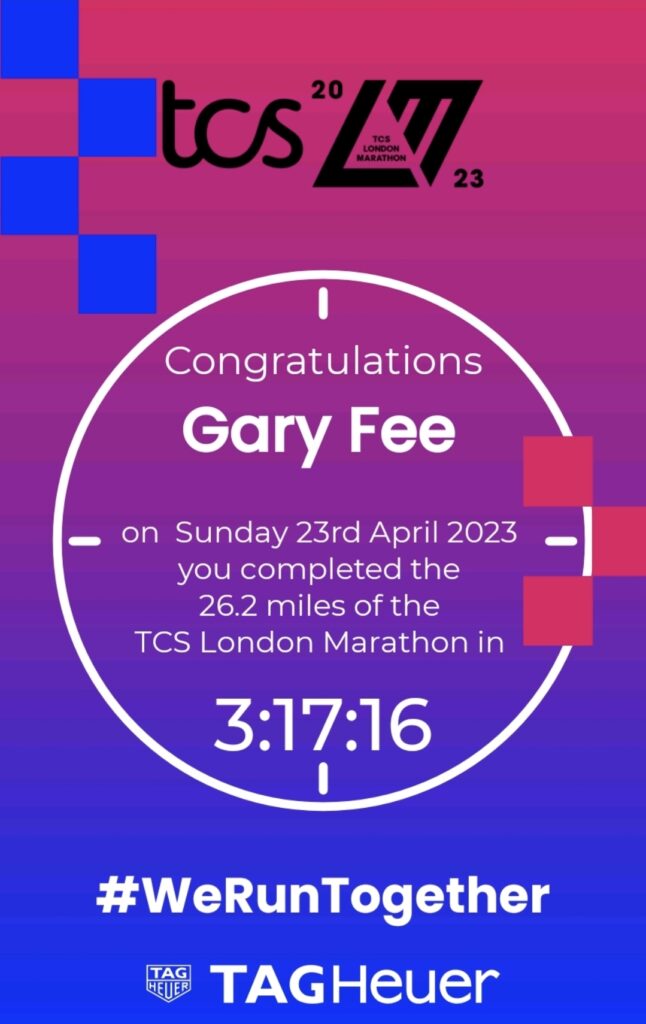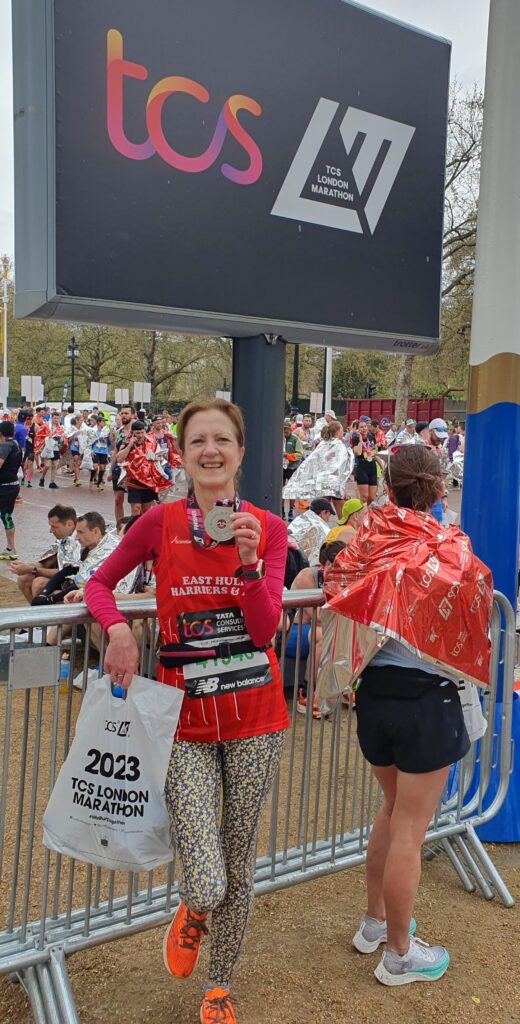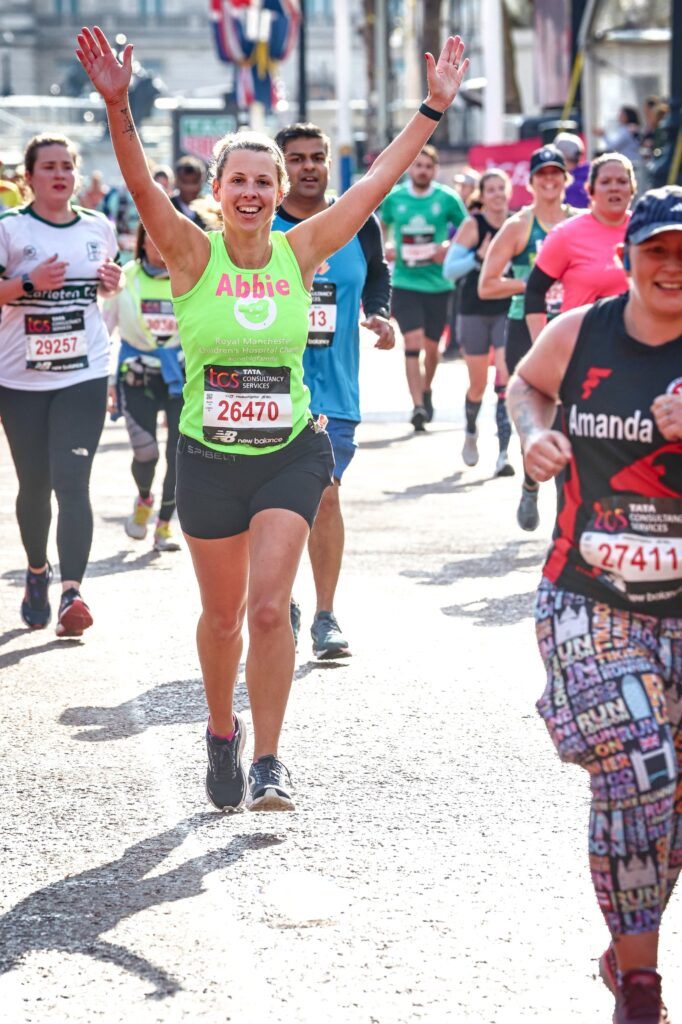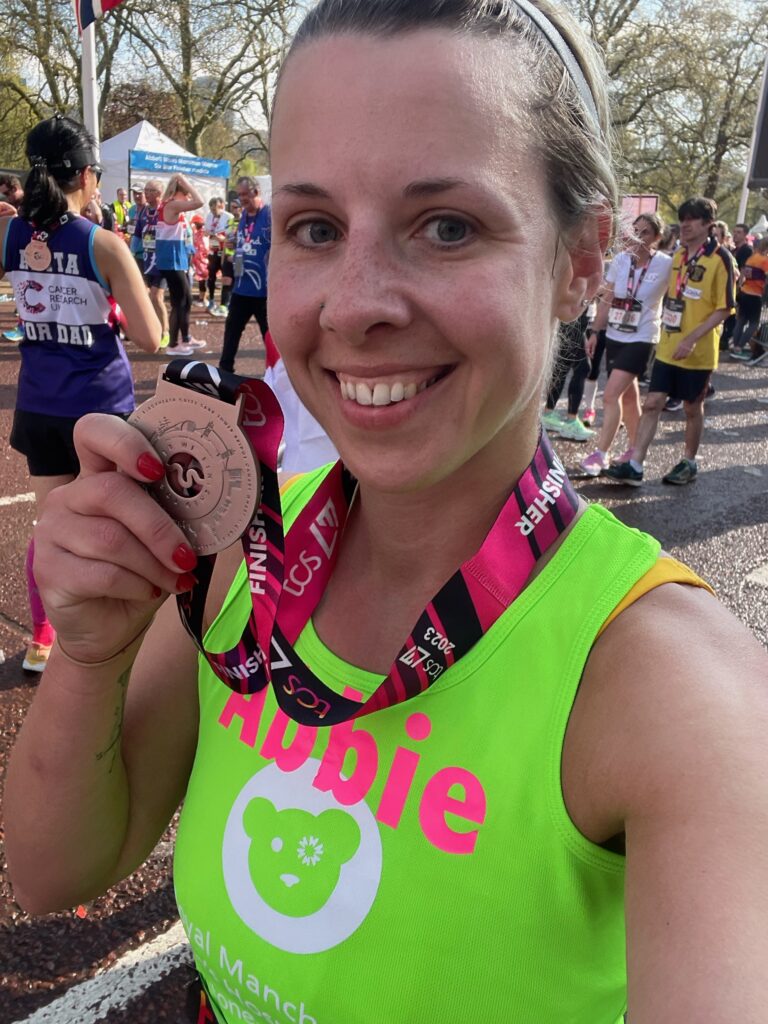Jane Austen famously said: “It is a truth universally acknowledged, that a person in possession of a good book and a coffee, must be in want of absolutely nothing else in life.”
I paraphrase*, but let’s be honest, I declare after all there is no enjoyment like reading to while away a rainy afternoon. At the time of writing, this is the sixth consecutive day of rain, the river is flooded, and there’s another burst water main just down the road. Urgh!
This 200-year-old advice is ripe for reinterpretation and has thus led to an exciting event in a few weeks’ time. The idea emerged only very recently and I was in the middle before I knew that I had begun. Basically, modern-day Medicine involves a holistic approach, where we try to explore with patients how what we eat has a role to play in everything from cholesterol to constipation, infections to insomnia, belching to blood pressure, depression to diabetes and more. But in vain I have struggled to provide the necessary dietary information to my patients.
So, when we won some funding from Plant-Based Health Professionals UK, I immediately bought 25 second-hand recipe books for our waiting room library, and planned two drop-in sessions at the Old School Medical Practice, on Wednesday mornings 24 April and 1 May, called… Book & Brew for No Meat May.
The idea is that patients can come and browse our now colossal selection of recipe books. I will be meeting and chatting to patients, providing hot drinks, answering questions about healthy eating and how it can help every single corner of your body and mind, and dispelling those myths and barriers that are in the way of people choosing some of these tasty options. Plus, we’ll have local nutritionist Penelope Henderson of Nourish to Flourish for one of the sessions (on the 1st of May), so save all your really complicated questions for her!
The idea is to encourage people to learn more about the health benefits of trying a plant-based diet, and consider signing up to ‘No Meat May‘, which is an international challenge like ‘Veganuary’; free to sign up and with lots of very supportive resources!
And now, allow me to instruct you in what you are to expect, that the sight of so splendid a range of books might not wholly overpower you:
- Veggie Lean by Joe Wicks
- Veg by Jamie Oliver
- Diabetes Weight Loss by Anthony Worrall-Thompson
- Weight Loss for Life by Lawrence Cheskin
- The Modern Vegetarian by Maria Elia
- The Fat Loss Plan by Joe Wicks
- Unprocess Your Life by Rob Hobson
- Meat-Free £1 Meals by Miguel Barclay
- Save Money; Lose Weight by Dr Ranj
- Feed Me Vegan by Lucy Watso
- And many more!
As well as the funding, we have had some very kind donations from friends and celebrities (thanks Rob Hobson and Hugh Fearnley-Whittingstall!) who are supporting our drive to promote delicious, home-made, additive-free, better-for-your-body food fit for everyone.
What’s that you say – not in York and therefore can’t visit our Wellbeing Library? Ah, you are grievously to be pitied, but I can suggest instead joining us virtually by signing up to No Meat May. Follow the progress of our team at Old School Medical Practice from the 1st of May.
And finally, forgive me for having taken up so much of your time, and accept my best wishes for your health and happiness…
*with apologies to any Jane Austen fans for my merciless misquoting, mash-quoting, and generally misusing her writing for my own stylistic gain.



